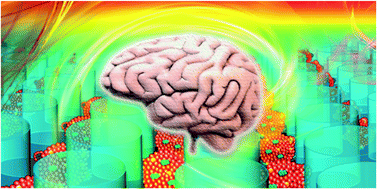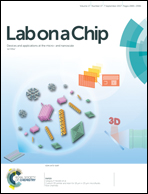In situ generation of human brain organoids on a micropillar array
Abstract
Brain organoids derived from human induced pluripotent stem cells can recapitulate the early stages of brain development, representing a powerful in vitro system for modeling brain development and diseases. However, the existing methods for brain organoid formation often require time-consuming procedures, including the initial formation of embryoid bodies (EBs) from hiPSCs, and subsequent neural induction and differentiation companied by multi-steps of cell transfer and encapsulation in a 3D matrix. Herein, we propose a simple strategy to enable in situ formation of massive brain organoids from hiPSCs on a micropillar array without tedious manual procedures. The optimized micropillar configurations allow for controlled EB formation, neural induction and differentiation, and generation of functional human brain organoids in 3D culture on a single device. The generated brain organoids were examined to imitate brain organogenesis in vivo at early stages of gestation with specific features of neuronal differentiation, brain regionalization, and cortical organization. By combining microfabrication techniques with stem cells and developmental biology principles, the proposed method can greatly simplify brain organoid formation protocols as compared to conventional methods, overcoming the potential limitations of cell contamination, lower throughput and variance of organoid morphology. It can also provide a useful platform for the engineering of stem cell organoids with improved functions and extending their applications in developmental biology, drug testing and disease modeling.



 Please wait while we load your content...
Please wait while we load your content...